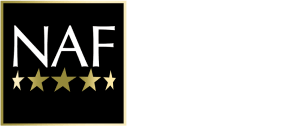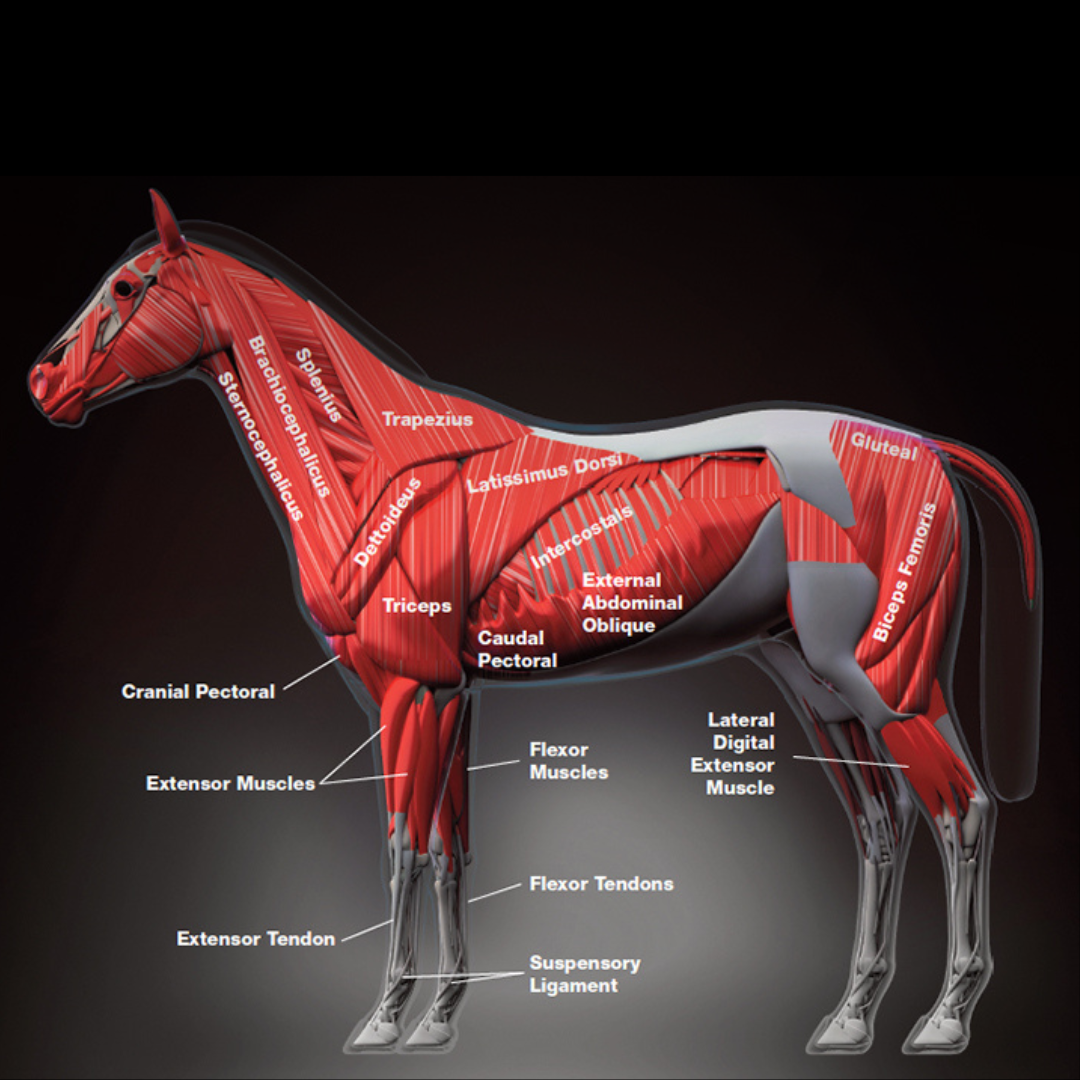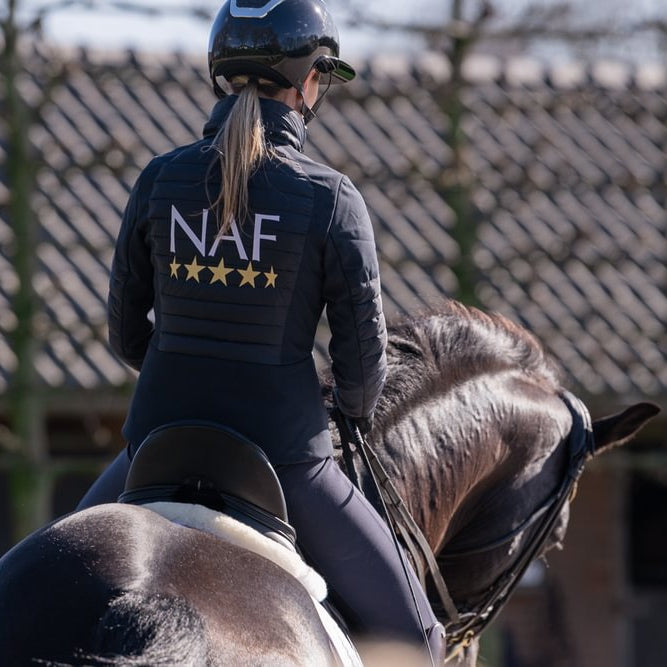Natural Performance
From Fast-twitch to cool-down, what you need to know about your horse’s power supply
Horses evolved to have around 700 muscles in total. Which may sound like a lot but is actually not so different from us. However, the difference comes in their performance. Horses, as natural prey animals, have evolved muscles aimed at speed and power, rather than the fine motor control skills that many of our muscles specialize in. The efficiency of their muscles, from power generation through to unique adaptions for oxygen consumption, are the reason they are so superbly adapted as natural athletes.
To read more on recent research making new discoveries about equine muscle click here.
Common with other mammals, horses have three main types of muscle:
- Skeletal: Typically attached to bone, and controlled by voluntary movement of the nervous system.
- Smooth: Involuntary, i.e. not under conscious control. These muscles control organs such as the intestines and line blood vessels.
- Cardiac: Specialised muscle tissue that forms the heart.
The skeletal muscles are further split down into two main types.
Type 1 / Slow-twitch
- Contract slowly and consistently over time without fatigue, making them great for endurance
- Naturally high in Arabs, and feral horses like Mustangs, where natural selection has favoured endurance and stamina.
Type 2 / Fast-twitch
Type 2 are further split into two sub-sets.
- Type 2A. Sustained speed over distance – almost an intermediate between 2B and Type 1. Thoroughbreds have more Type 2A.
- Type 2B. Explosive short-term speed and power, such as seen in Quarter Horses who have incredible power over short distances.
All breeds will have all three types, but the ratios of them vary depending on their breeding adaptations. Relative ratios of Type 2A to 2B can also adapt with suitable training to reflect the need of their chosen sport.
Therefore, if horses are naturally adapted to be supreme athletes, surely all we need to do is to put enough training to get an elite athlete out? Of course, it is not that easy, and it is not just about the level of training, but the right type and right progression. Too much too soon runs the risk of overtraining.
Overtraining
Recognised in both human and equine athletes, overtraining occurs when training is too intense and too physical without adequate rest and recovery, or when the athlete is not yet fit enough for that level. The imbalance between workload and recovery leads to both physical and behavioural issues, with the aspects of mental stress being just as important as the physical.
Signs of Overtraining

| Physical Signs | Behavioural Signs | Performance Issues |
| Persistent fatigue / low energy | Irritability and mood swings | Performance drop despite training |
| Sore, stiff muscles | Reluctance to work | Slow recovery |
| Body condition loss | Aggression during grooming & tacking up | Becoming clumsy or lacking coordination |
| Dull coat | Anxiety, nervousness, restlessness | Hesitation in previously easy tasks |
| Increased resting heart rate | Resistance during exercise (bucking, refusing etc) | Lack of enthusiasm for exercise and training |
| More sweating, slow to cool down | Lack of appetite or change in eating habits | |
| Increased illness / infections |
If you notice these signs, reduce training intensity, allow sufficient time for rest and recovery, and work with an accredited trainer to establish a suitable new programme. Training programmes should be stepwise, only moving on when the horse is fit, comfortable and confident at each stage.
An important part of any training programme, the warm-up and cool-down are integral to preventing injury, keeping muscles healthy and fit to work. The length and intensity will vary with the individual horse, their stage of training and their requirements. The following are typical guidelines:
Warm-Up
- 10-20 minutes
- To gradually increase heart rate, blood flow and muscle temperature in order to prevent injury and prepare the horse physically and mentally.
- Include plenty of active walk on a loose rein before increasing speed
- Increase bending, transitions and lateral movements for muscle flex
- Longer in cold weather, for some older horses, or for intense sessions
Cool-Down
- 10-20 minutes
- To normalise heart rate and temperature
- Clear toxins from the muscles and support recovery
- Gradually decreasing speed and intensity
- Include plenty of walk
- Consider an exercise rug in cooler weather to avoid chills
Topline Tips
The topline can be defined as visible outline from the poll, along the neck, across their back and hindquarters. But more than just the outline, topline also reflects a horse’s posture, strength and balance – in short, their ability to do the work asked of them. The key muscles involved include the Splenius, Trapezius, Longissimus dorsi, Latissimus dorsi and Middle gluteal.
A good topline should feel firm like muscle, rather than soft like fat. It should describe a smooth curve from the neck to the croup, and be strong an symmetrical with no obvious hollows.
We are often asked:
‘What can I feed to help my horse’s topline?’
The simple answer is that feed alone cannot provide topline, as it is related to correct exercise rather than diet. However, just as a formula 1 car won’t race without fuel, strong healthy muscles can’t form without the right building blocks. Therefore, providing the right targeted nutrition for muscle health is a fundamental part of that overall training regime.
The Nutritional Toolbox
The following targeted nutrition should be considered for those wanting to optimize muscle growth, strength and integrity in working horses.
Amino Acids
Amino acids can be thought of as building blocks of protein in the system. Protein is the largest key constituent of muscle, after water. Therefore, quality protein is key to its growth, strength and ability to repair.
Rate Limiting Amino Acids: Horses require ten essential amino acids in their diets. Termed ‘essential’ as they can’t manufacture them themselves, so they must come from the diet.
The most important three are known as ‘rate limiting amino acids’ which means without sufficient levels of these three the rest of the diet can’t work – no matter how much overall protein the diet contains.
Imagine you were playing Scrabble and had the tiles M, M, M, U, C, L and E – it doesn’t matter how many ‘M’s you have, you can’t spell MUSCLE without the S. Similarly, your horse can’t build muscle without the rate limiting amino acids.
This is why we talk about ‘Quality not Quantity’ of protein. The three rate limiting amino acids for horses are Lysine, Methionine and Threonine.
BCAAs: Another group of essential amino acids are Leucine, Isoleucine and Valine, which together are known as ‘Branched-chain amino acids’ or BCAAs. Particularly relevant for muscle development and recovery as they can largely bypass liver metabolism to be used directly by muscle cells during exercise. BCAAs respond to your horse’s training, and research, both in horses and cross-species, shows that they may be particularly useful as an available energy source in muscle cells.
L-Glutamine: Known as a ‘conditionally essential amino acid’, meaning it is required in the diet under particular circumstances, Glutamine is particularly important to muscle recovery and repair, and preventing muscle breakdown.
Natural Vitamin E
Vitamin E is a powerful antioxidant with an important role in muscle health and recovery. It protects muscle cells from damage through exercise or stress and promotes normal muscle function. The ‘Natural’ form, sometimes knowns as ‘RRR’ is by far more powerful and bioavailable than the standard synthetic form, and therefore should be your first choice for muscle health.
For horses with Muscle Disease, such as PSSM, RER or MFM, high level Natural Vitamin E is essential.
Zinc
Approximately 60% of the body’s zinc is held in the muscles where it has a vital role to play in muscle development, repair and performance, through its support role in protein synthesis. Zinc also contributes to normal muscle recovery through roles in enzyme function, immune health and antioxidant defences.
Using the chelated form of zinc helps ensure optimal bioavailability
By supplementing with these key nutrients, at relevant levels and in the right ratios and forms to optimize bioavailability, then we can be confident that providing the right tools required to build, maintain and power strong healthy muscles for exercise and performance.
References
- Castiglione GM et al (2025). Running a genetic stop sign accelerates oxygen metabolism and energy production in horses. Science. 2025 Mar 28;387(6741):eadr8589.
- de Meeûs d'Argenteuil C et al (2021). Flexibility of equine bioenergetics and muscle plasticity in response to different types of training: An integrative approach, questioning existing paradigms. PLoS One. 2021 Apr 13;16(4)
- Rivero JL, van Breda E, Rogers CW, Lindner A, van Oldruitenborgh-Oosterbaan MM. Unexplained underperformance syndrome in sport horses: classification, potential causes and recognition. Equine Vet J. 2008 Sep;40(6):611-8
- Ronéus N, Essén-Gustavsson B. (1997) Skeletal muscle characteristics and metabolic response to exercise in young standardbreds. Am J Vet Res. 1997 Feb;58(2):167-70.
Written by: Kate Hore, Head Nutritionist. RNutr (Animal), R.Anim.Technol (Cert), BSc(Hons). – Find out more about Kate and out Technical Team HERE.



